Do your coffee table books have substance?
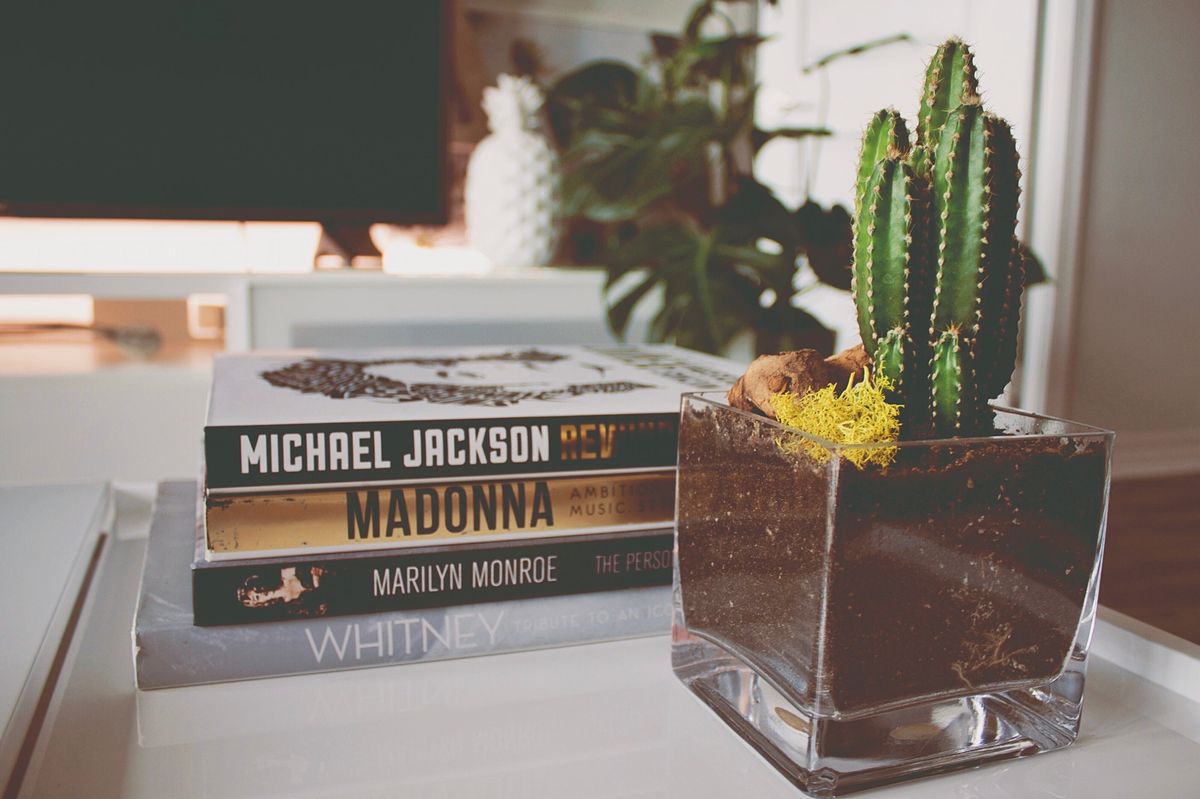
A few minutes every morning is all you need.
Stay up to date on the world's Headlines and Human Stories. It's fun, it's factual, it's fluff-free.
Home décor wouldn’t be complete without a couple of hefty coffee table books on display, but do any of yours have substance? Most people buy coffee table books as decorative elements to spark conversation or fish for compliments. If you’ve actually read your coffee table books, then you’re one of a select few. Coffee table books collect dust on a coffee table of any shape or size. It’s often a hardback with bold design or an intriguing title that would entice a trend follower to buy it in a bookstore, but not enough to read it. They would flip through the pages in search of pictures, at most.
If you’re in need of absorbing books with beautiful covers and guided spines, look no further than this list. From paper backs adorned with vibrant fungi to mini hardcover poetry selections, the best coffee table books with substance sit in the windows of boutiques and hide in the corner shelves of your local bookstores. Home décor for bibliophiles has never been easier with our selection of coffee table books that are worth reading.
“Englanged Life: How Fungi Make Our World, Change Our Minds & Shape Our Futures” by Merlin Sheldrake
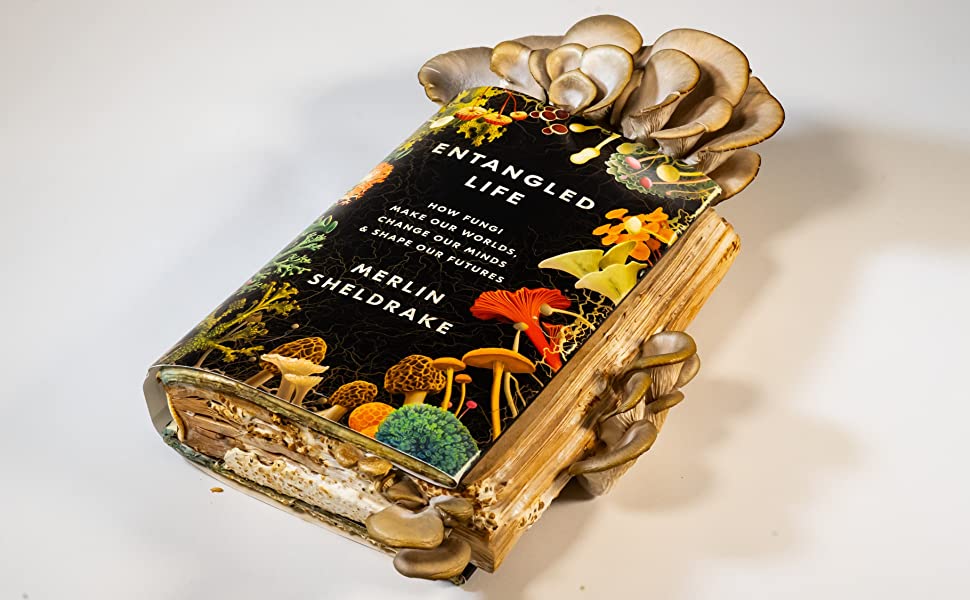
What better conversation topic than the place of fungi in our environment? They’re aesthetic, fascinating and a little bit odd. Impress your guests with mycology factoids, courtesy of a biologist with the most pretentious English name you’ve ever encountered.
This recent nonfiction release snags your attention with its border of multicolored fungi set against a matte black background. Even those without an academic interest in mycology can appreciate Sheldrake’s book. Fungal biomaterials could be the biodegradable replacement for petroleum-based products, which poses several questions to global warming skeptics and the oil industry.
“The Beekeeper’s Bible: Bees, Honey, Recipes & Other Home Uses” by Richard Jones & Sharon Sweeney-Lynch
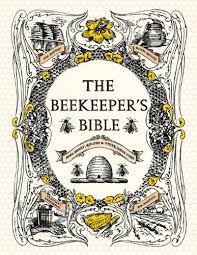
Jones and Sweeney-Lynch bring the practical uses of beekeeping to your coffee table in a hardback filled with accessible language. Who hasn’t romanticized the life of a beekeeper? The thought of harvesting honey and roaming in a blooming garden would seduce anyone who hankers for a cottage-core lifestyle.
“The Beekeeper’s Bible” ties in history, cooking and detailed instructions to create this illustrated guidebook. You don’t need to make beekeeping your new hobby to read this book, but you might want to after pursuing the pages. Educate your friends and family about these industrious insects with this intricate coffee table book.
“High on Design: The New Cannabis Culture” by gestalten & Santiago Rodriguez Tarditi
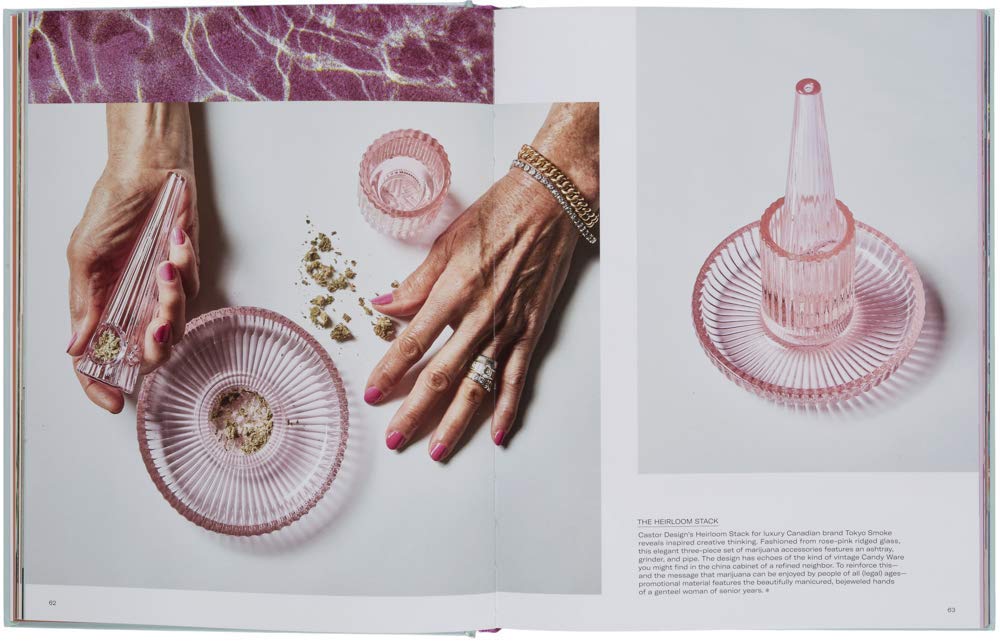
Controversy is a sure way to capture the attention of anyone who happens to glance at your coffee table. Ripe with misinformation and dissent, the emerging cannabis culture has plenty of both proponents and opponents. And the proponents are winning. The cannabis industry has morphed from under the table activity to a thriving enterprise in several countries, including the United States.
“High on Design” showcases how venture capitalism has birthed the brands, creators and designs that have spearheaded the rise of cannabis. This bold hardcover offers several sneak peeks inside the industry, like insights from the minds behind a biannual magazine for cannabis users and from the kitchen of the chef behind haute cannabis cuisine. Explore the history and politics of cannabis through “High on Design.” The coffee table sits in a central location, which means the cover art and subject matter is difficult to miss.
“Letters: Emily Dickinson” by Everyman’s Pocket Poets Series
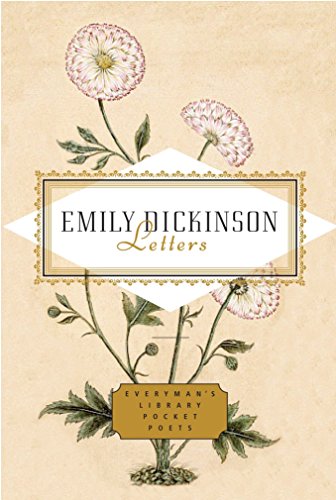
Perhaps the ubiquitous figure in poetry as well as the most misunderstood is Emily Dickinson. The exquisite edition of Everyman’s Pocket Poets Series makes for a perfect decorative piece – and the contents even better conversation.
What better way to unravel the myths of poetry’s eccentric “recluse” than to read and discuss the letters she wrote to her family and friends? Plus, with the new TV show “Dickinson” taking period dramas by storm, the poetry book is relevant and a great companion to the show, or vice versa.
“How to Do Nothing: Resisting the Attention Economy” by Jennifer Odell
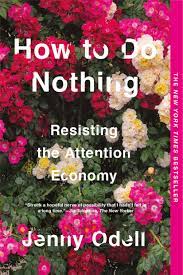
The way we engage with the world and each other has fundamentally changed in the past 20 years, with a particular emphasis on the pandemic. Odell’s book rails against our culture of instant gratification in which our value is measured based on constant productivity, especially when it comes to technology. Capitalism has dismissed so many beautiful things in life, including art and nature. Even spending time contemplating may seem wasteful in an economy that has conditioned us to feel guilty when not producing data or catering to the nine-to-five job structure.
“How to Do Nothing” goes beyond the typical anti-screen lectures or surface-level meditative guides. It dares us to challenge how we think of our time and its use or lack thereof. Maybe doing nothing can lead to more meaningful change than sitting at a desk or scrolling through TikTok. Aside from the timeliness of the topic, flowers overwhelm the cover in an eye-grabbing color scheme of greens and shades of pink.
Have a tip or story? Get in touch with our reporters at tips@themilsource.com




Comments ()